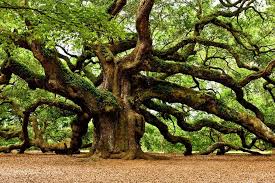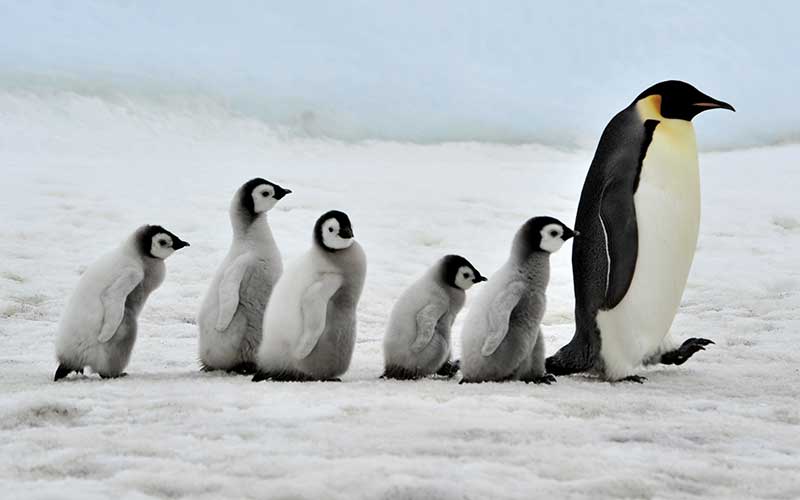|
Polar bear

3 m high
|
L’ours polaire est un mammifère originaire des régions arctiques, il vit dans le pôle Nord. Son milieu naturel c'est d’être sur les banquises. L’ours polaire est un animal solitaire.L'ours polaire est un carnivore , qui se nourrit principalement de poissons et de phoques. Un ours blanc vit en moyenne 20 à 25 ans. L'ours blanc est menacé en raison de la fonte des glaces. L’ours polaire est capable d’accumuler une épaisse couche de graisse. Cependant , il est le seul ours à ne pas hiverner : il marche sur la banquise à la recherche de nourriture, à l’âge adulte, les mâles pèsent entre 400 et 600 kg et mesurent 2 à 3 mètres de haut. La femelle ne pèse que 350 kg pour une taille de 1,80 à 2 mètres. Son physique est adapté au froid : fourrure épaisse, couche de graisse protectrice, petites oreilles rondes, long museau. Il est également idéal pour la vie aquatique : fourrure imperméable, pattes partiellement palmées.
The Polar bear is a mammal originating in the Arctic regions, it lives in the North Pole. Its natural environment is to be on the pack ice. The polar bear is a solitary animal. The polar bear is a carnivore, which feeds mainly on fish and seals. A polar bear lives on average 20 to 25 years. The polar bear is threatened by the melting of ice. The polar bear is capable of accumulating a thick layer of fat. However, it is the only bear not to winter: it walks on the pack ice in search of food, in adulthood, the males weigh between 400 and 600 kg and measure 2 to 3 meters of height. The female weighs only 350 kg for a size of 1.80 to 2 meters. Its physique is adapted to the cold : thick fur, layer of protective fat, small round ears, long snout. It is also ideal for aquatic life : waterproof fur, partially webbed legs.
El oso polar es un mamífero nativo al Ártico, que vive en el Polo Norte. Su entorno natural son los témpanos de hielo. El oso polar es un animal solitario y carnívoro, que se alimenta principalmente de peces y focas. Vive un promedio de 20 a 25 años. Está amenazado debido a la fusión del hielo. El oso polar es capaz de acumular una capa gruesa de grasa y es el único oso que no hiberna: camina sobre el hielo en busca de alimento. Los machos adultos pesan entre 400 y 600 kg, y son de 2 a 3 metros de altura. La hembra pesa sólo 350 kg para una altura de 1,80 a 2 metros. Su físico es adecuado para soportar el frío: piel gruesa, capa protectora de grasa, orejas pequeñas y redondas, hocico largo. También es ideal para la vida acuática: piel resistente al agua, con los pies parcialmente palmeados.
L'orso polare è un mammifero originari delle regioni artiche, vive al Polo Nord. Il suo ambiente naturale è di essere sulla banchisa. L'orso polare è un animale solitario. L'orso polare è un carnivoro che si nutre prevalentemente di pesci e foche. Un orso polare vive in media da 20 a 25 anni. L'orso polare è minacciato dallo scioglimento dei ghiacci. L'orso polare è in grado di accumulare uno spesso strato di grasso. Tuttavia, è l'unico orso non per l'inverno: si cammina sulla banchisa in cerca di cibo, nell'età adulta, i maschi pesano tra i 400 ei 600 kg e misura 2 a 3 metri di altezza. La femmina pesa soltanto 350 kg per una dimensione di 1,80 a 2 metri. Il suo corpo è stato adattato per il freddo: folta pelliccia, strato di grasso protettivo, piccole orecchie rotonde, muso lungo. E 'ideale per la vita acquatica anche: pelliccia impermeabile, gambe parzialmente palmati.
|
|

|
QUERCIA
E’ un albero spontaneo che cresce in Italia,ha un portamento imponente anche se ci sono specie arbustive.
E’ alto : 20-30 m.
It’s a natural tree that grows up in Italy, it has an impressive posture, there are also species shrub-like.
It is 20-30 m heigh
C'est un arbre naturel qui grandit en Italie, il a un port impressionnant, il existe aussi des espèces d'arbustes. Il s'élève à 20-30 m de hauteur.
Es un árbol que crece de forma natural en Italia. Tiene porte imponente y es una especie arbustiva. Su altura es de unos 20-30 m.
|
|

|
PENGUIN
Los pingüinos son un grupo de aves marinas, no voladoras, que se distribuyen casi exclusivamente en el Hemisferio Sur, se alimentan fundamentalmente de peces. El periodo de incubación oscila entre los 33 y 62 días según la especie.
Tamaño:1,1 – 1,3 m or 30 – 33 cm (Diferentes tipos)
Penguins are a group of seabirds, non-flying, which are distributed almost exclusively in the Southern Hemisphere, feed mainly on fish. The incubation period varies between 33 and 62 days depending on the species
Size:1,1 – 1,3 m or 30 – 33 cm (Different types)
Les Manchots sont un groupe de d'oiseaux de mer, non volant , qui sont distribués presque exclusivement dans l'hémisphère sud. Ils se nourrissent principalement de poissons. La période d'incubation varie entre 33 et 62 jours selon l'espèce.
Leur taille varie de :
1,1 à 1,3 (Manchot empereur) ou 0,3 to 0,4 m (Manchot Pygmée)
Pinguini sono un gruppo di uccelli marini, non volo, che sono distribuiti quasi esclusivamente nel sud del mondo, si nutrono soprattutto di pesce. Il periodo di incubazione varia tra 33 e 62 giorni a seconda della specie
|